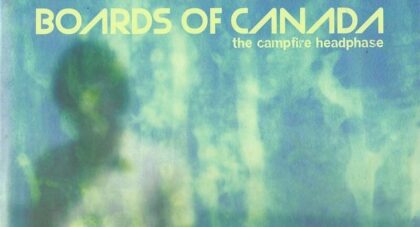The Windham Hill sound was inviting and warm, but nonetheless idiosyncratic, a hallmark of a moment when mainstream commercial success and the lack of traditional pop forms didn't negate each other . . .
Only the good shit. Aquarium Drunkard is powered by its patrons. Keep the servers humming and help us continue doing it by pledging your support.
To continue reading, become a member or log in.


